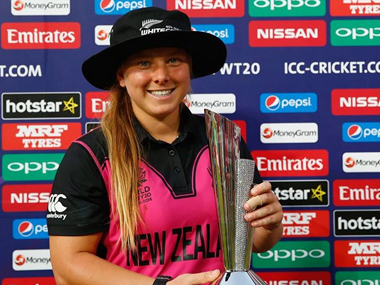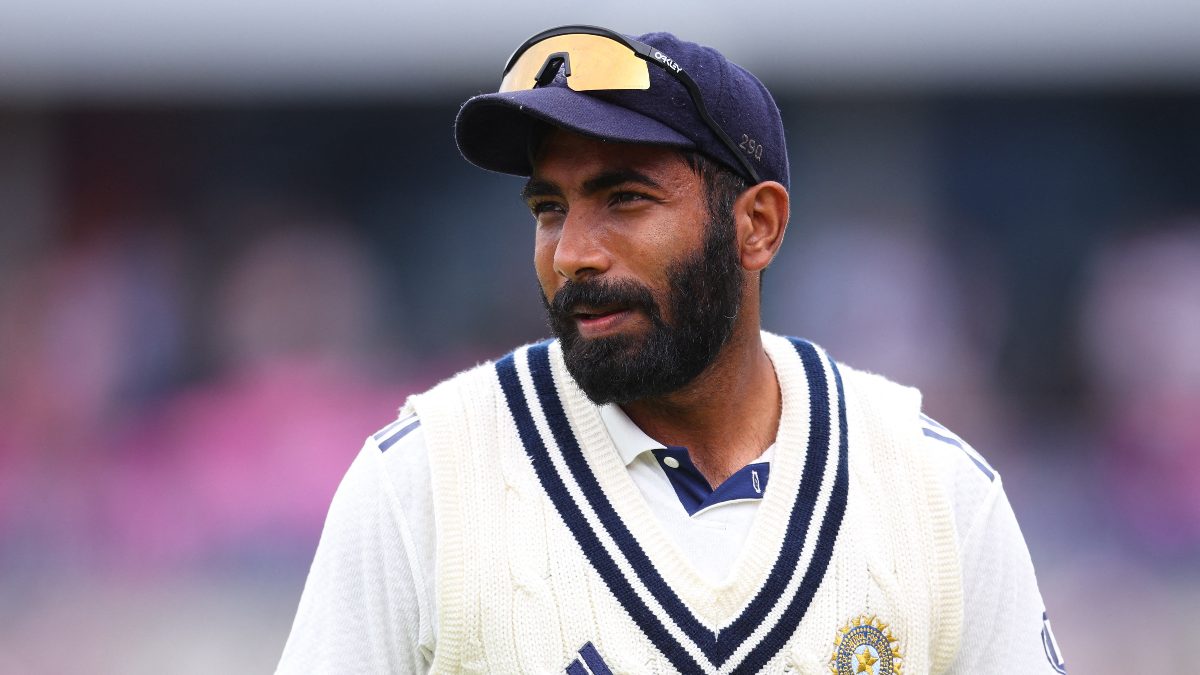All frequent travellers, a subset of which are professional sportspeople, carry tokens that anchor them to the place they belong. Their favourite bed sheet, most comfortable slippers, photo frames, or even soft toys gifted by their loved ones (Ok, that would be me). Despite the comforts of luxury hotels and excitement of seeing new places, all travellers “fill the spaces with wood in places, to make it feel like home”, as the artist John Mayer sang. But for New Zealand’s all-rounder Leigh Kasperek, where home is, is a complicated question Born and brought up in Edinburgh in Scotland, home of the Fringe, the largest annual art festival in the world, Kasperek tried every single sport she could when she was in school. Tennis and cricket emerged as the main contenders in the bout, battling for her attention. When she made her debut for Scotland at the age of 15, you would think that would be enough to nudge her towards cricket. But more than anything, it was the allure of team sports that influenced the decision. “I loved being part of a team and I liked playing in the boys’ teams and having to prove myself”, she said. [caption id=“attachment_2704808” align=“alignleft” width=“380”]  Leigh Kasperek at the World T20. Image Credit: White Ferns official Facebook page[/caption] Scotland gave her the opportunity to play international cricket at a young age, accumulate experience that one so young rarely gets, and a chance to travel to different countries. At 17 she was part of a European XI and was looking to “progress her cricket”. So she made a move Down Under, to Perth for the Australian summer, to play for the Western Fury. It meant six months away from the highlands that she called home and living on her own in the furnace that is Perth. Kasperek had to adjust to more than the weather, and paid for the trip in part by coaching the West Australia Under-15 girls team, and working as a casual cricket officer. After her stint with the Fury, Kasperek shifted teams again, and played for a season at Essex in division one of the England county championship. “Scotland were playing in division three of the English county championship. I wanted to improve my game further, so got to play in division one for Essex. It was another great learning experience, experiencing new cricket outside Scotland.” But it was in the desert like soil of the WACA that the seeds of a successful international career were sown. Suzie Bates, captain of New Zealand at the World T20, was the other international playing for the Western Fury, and Steve Jenkins was the coach. Jenkins had previously been coach of the White Ferns, New Zealand’s women’s cricket team. “They saw something in me and asked me if I could consider coming over to New Zealand to play,” Kasperek says. “Of course, there were no guarantees that I would get to play at the senior level or even break into the state’s starting XI immediately. But it was a chance I took, again,” said Kasperek. So Kasperek swapped shirts again, and spent a year playing for the Wellington Blaze. She then moved south to Dunedin, to play for the Otago Sparks next season. “I was trying to find the right fit. When I came to New Zealand, I fell in love with the country and the culture. Wellington didn’t click so much, but Otago did. I love the people and teams here.” It’s not surprising that Kasperek found the right fit in Dunedin, which is also called the Edinburgh of the south. In fact, Dùn Èideann is the Celtic name for Edinburgh. And this was where Kasperek has lived for three years now. So is that home for the now 24 year old Kasperek? Its not as simple as that. “I call New Zealand the home land, because I live there. And Scotland is the mother land. I haven’t been to the mother land in a while now.” Having played domestic cricket in New Zealand for three years, Kasperek qualified to represent the country, and was picked almost immediately. Equally immediate was the impact she made in her debut series in India (six wickets with her off spin and useful contributions with the bat in the ODIs). She continued her good form in her first Rose Bowl series – the Trans-Tasman rivalry between White Ferns and Southern Stars (Australia Women’s Team) – where she took 9 wickets in three T20s, helping the White Ferns win 2-1. And at the ongoing World T20, she is currently the leading wicket taker with nine scalps, including a three-for against the Aussies in the group stages. The girl from Edinburgh, who picked cricket over tennis, is now on the cusp of a WT20 semi final clash with the West Indies on Thursday. She attributes much of her success in a White Ferns shirt to being under Haidee Tiffen, the head coach, who also gave her the news of her national call up. “She gives the team a good vibe, and she’s an excellent leader, good communicator”, said Kasperek of Tiffen. “The team has a great culture.” More than anything, Kasperek is happy to be a part of a team that is doing well. It has led her to identify very strongly with the White Ferns, and her Otago Spark, despite having played for so many teams before. But Kasperek is a true citizen of Edinburgh, as her hobbies prove. Peek into her home, and we are likely to find a painting or two stashed away, hidden as well as her copious talent with the brush is from the world. We would also find collection of a number of different shirts, perhaps framed up next to each other on her mantelpiece. Different national and state logos would coexist happily beside one another, with peace being declared as long as they are not donned on the field. Such is the age we live in, where national boundaries are blurred by the windows of progress, and loyalties are intertwined, without entanglement. Such is the life of Leigh Kasperek, child of many lands and many teams. Such is the life of Leigh Kasperek, women’s cricket’s global citizen. The author, Snehal Pradhan, is a former women’s international cricketer and represented India in 6 ODIs and 4 T20Is. Follow her on Twitter here.
At the ongoing World T20, Leigh Kasperek is currently the leading wicket taker with nine scalps, including a three-for against the Aussies in the group stages.
Advertisement
End of Article


)

)
)
)
)
)
)
)
)



